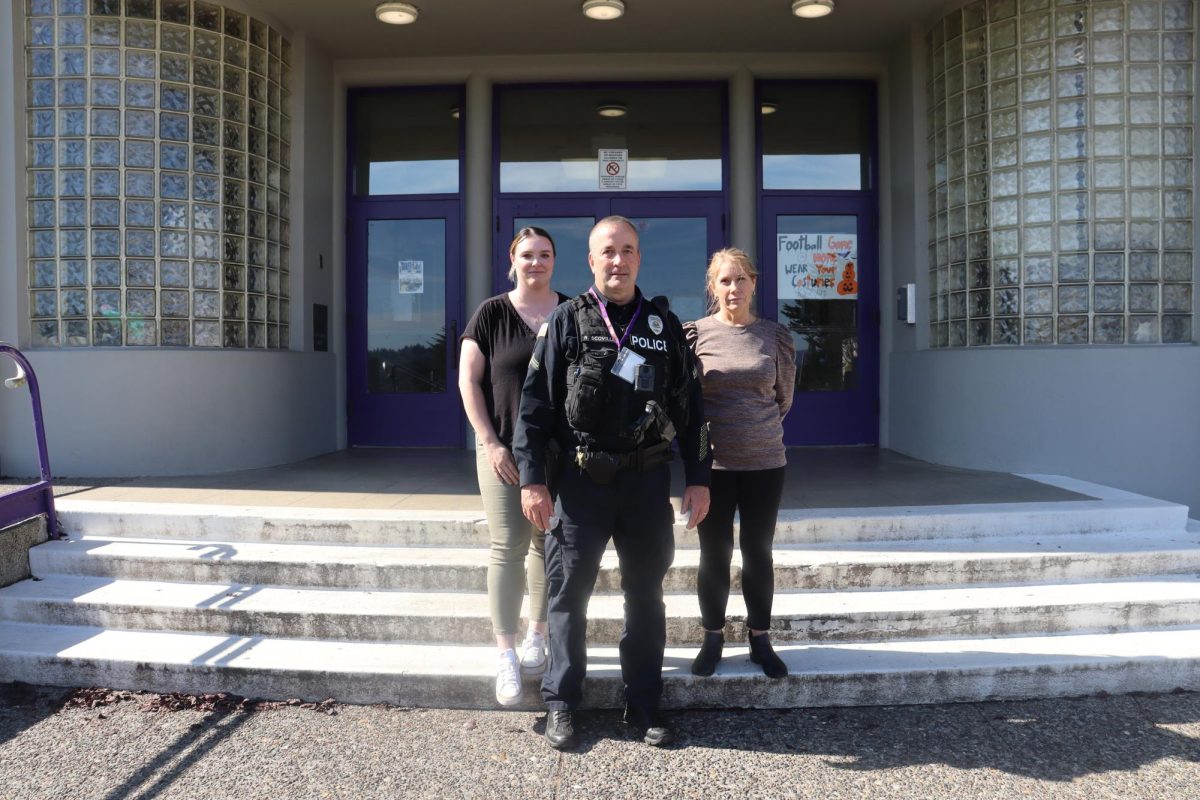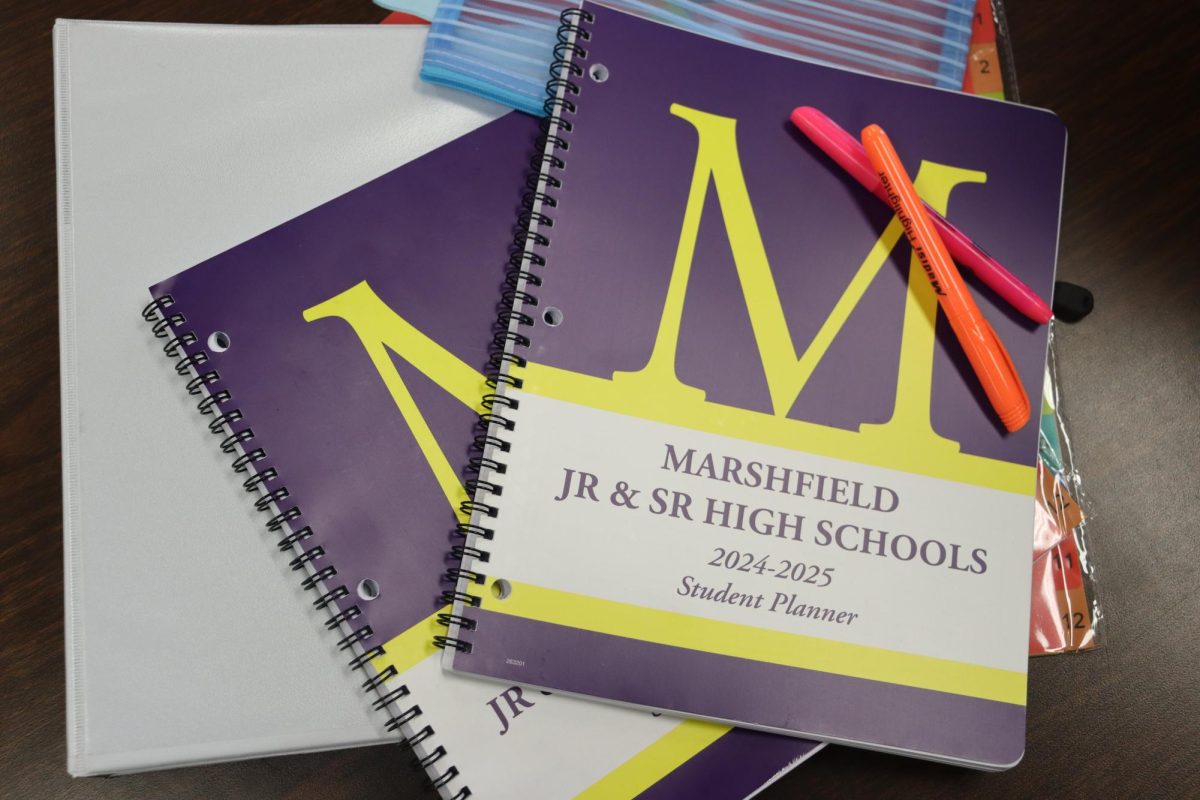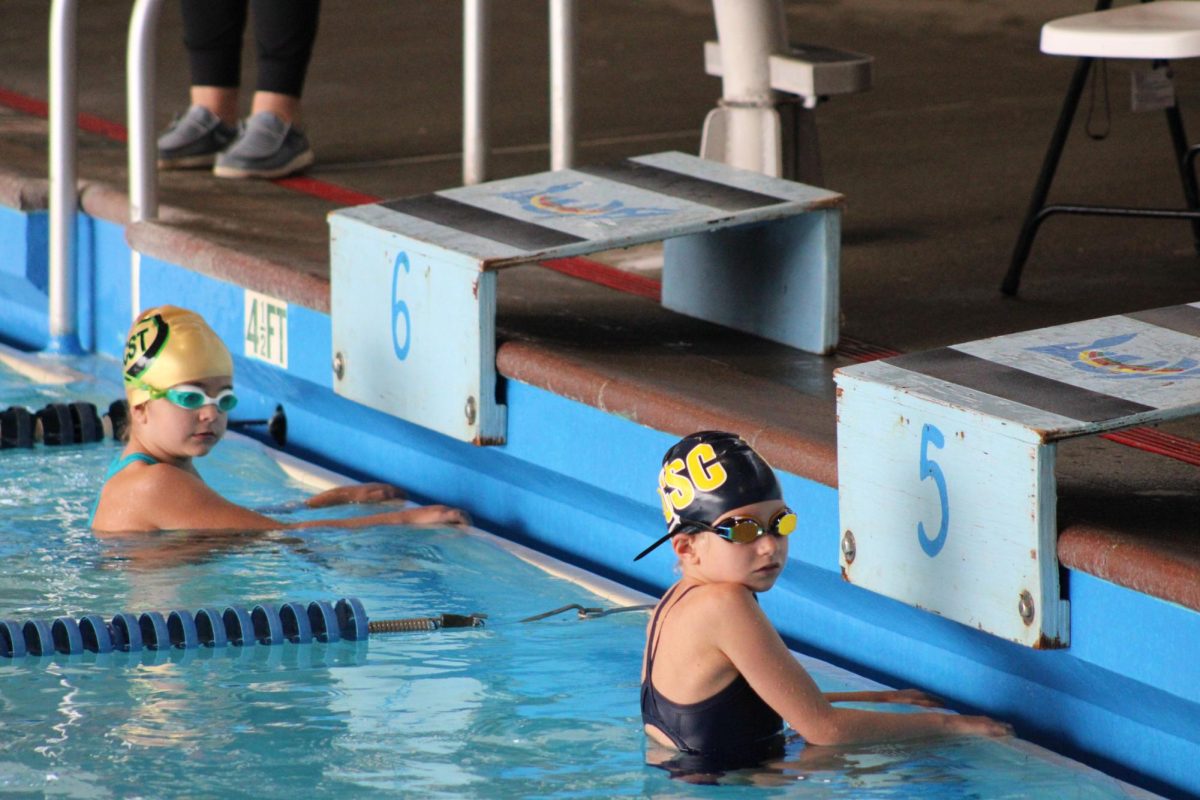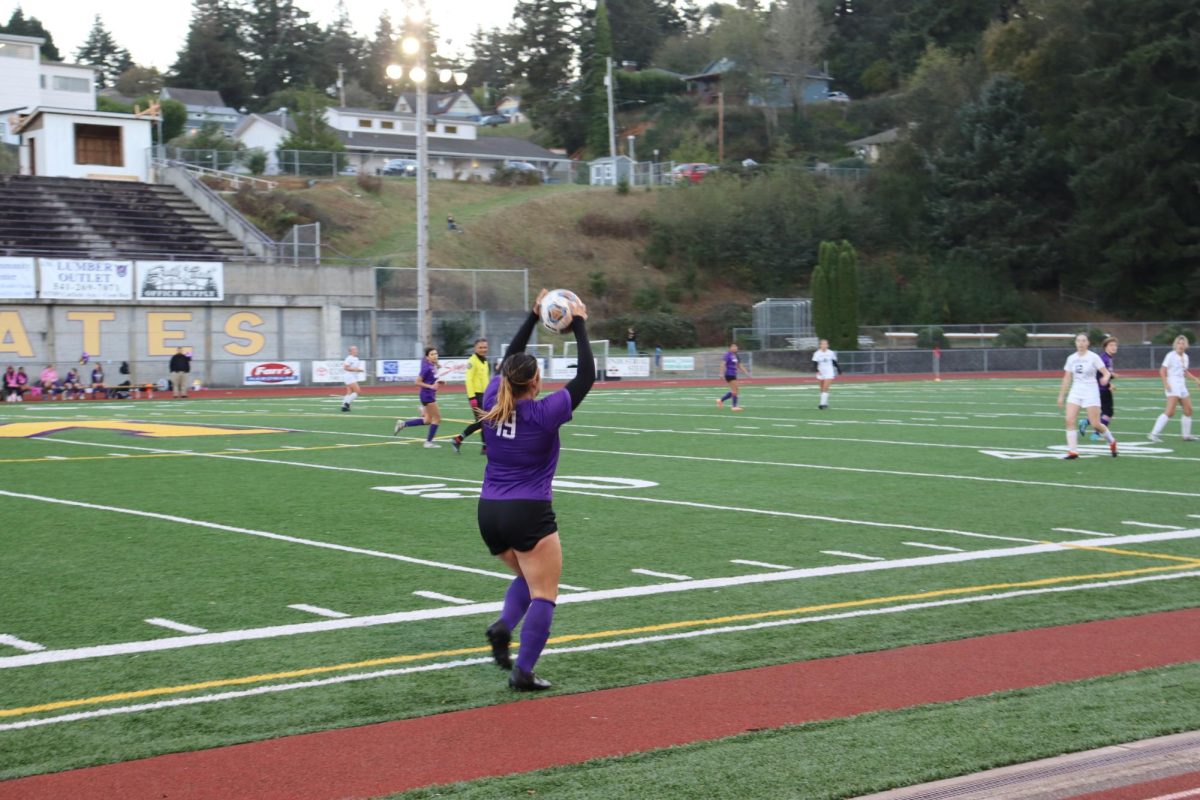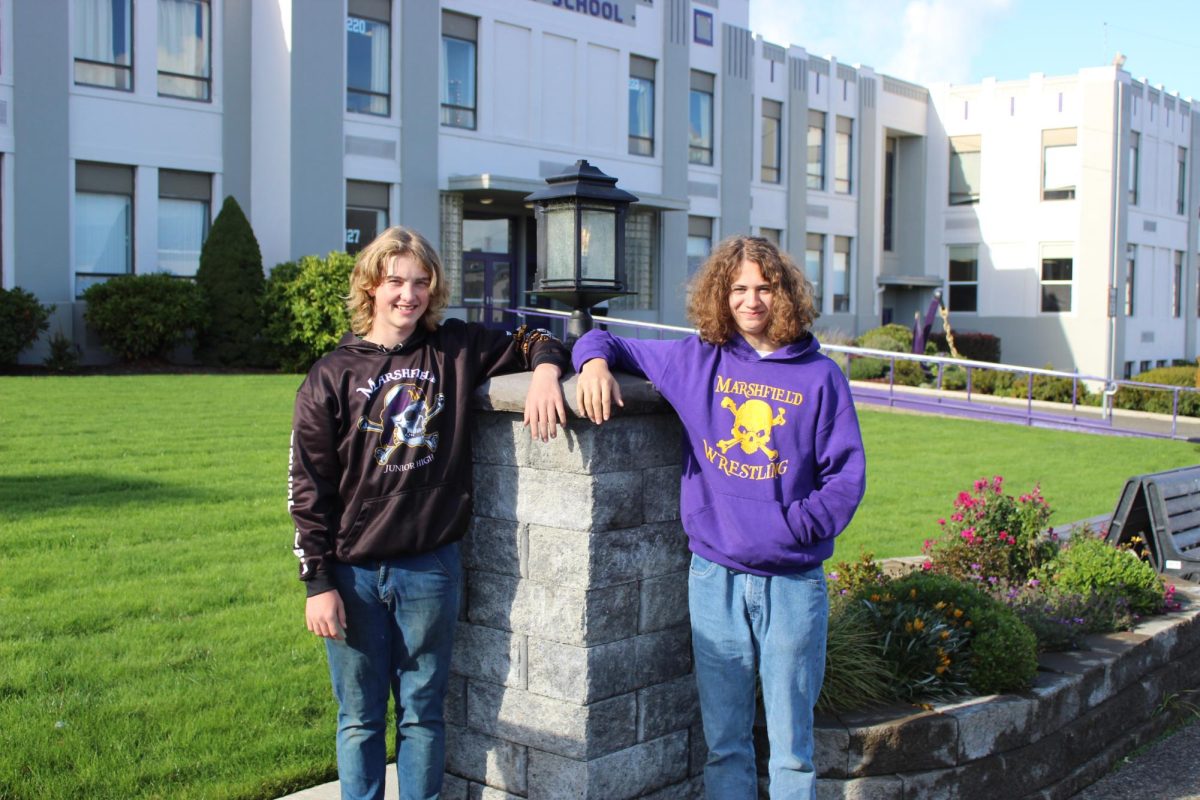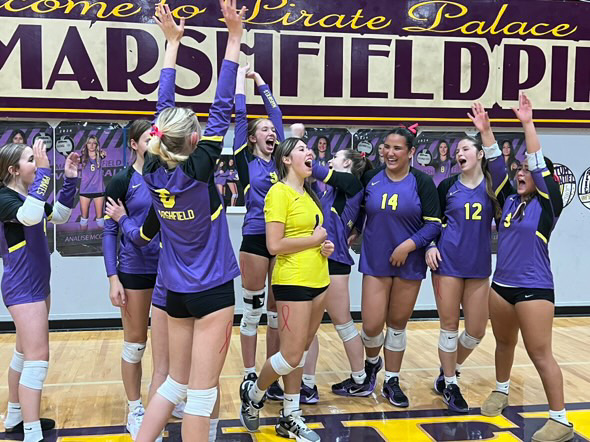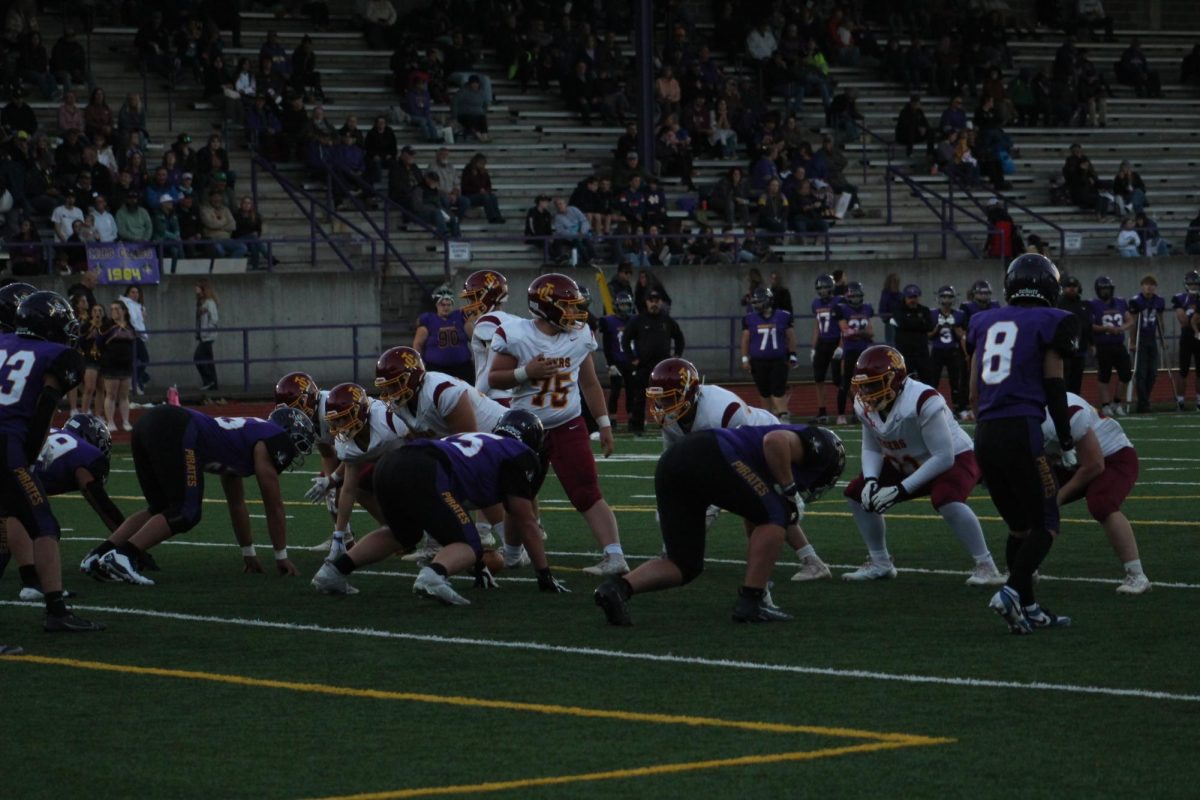Schools are missing an integral part of the teaching process: teachers. Oregon is facing a growing crisis in the lack of teachers. For the past few years, a decrease in available staff has caused a disconnect throughout the school. Teacher shortages affect students, teachers and the school’s efficiency, Howard said,
he is concerned about the dilemma Marshfield is facing.
“We are seeing a shortage here, more than in urban areas because it takes a unique individual to live over here,” Howard said. “There’s a shortage of teachers who are willing to relocate to rural Southern Oregon.”
Students are ultimately affected by the missing presence of their teachers. Besides the obvious effect of teachers not existing in Marshfield to teach classes, the shortage also affects the number of students per class. Class sizes will likely increase, according to Howard, causing the ratio to become one teacher to 30 or more or students. Sophomore Yasmin Aguirre said she has noticed the shortage around Marshfield.
“If you have bigger classes, it’s easier for people to get distracted,” Aguirre said. “It’d be nice to have smaller classes.”
Math teacher Kevin Guthrie said he faced the frustration of the shortage himself.
“Earlier this year, I gave up my prep to make Integrated I classes smaller,” Guthrie said. “What’s important is what the students need and to see what works.”
A teacher shortage has also led to a substitute shortage, according to Howard. Overall, Marshfield is struggling with continuously balancing the situation. Teachers also feel the strain of being understaffed. They are forced to be spread thinner, by taking over other classes during their prep periods when substitutes are not available.
“With a teacher shortage comes a substitute shortage,” Howard said. “We scramble every day to make sure positions are filled. We all take turns to cover classes.”
Not only does the school rush to cover classes, but the administrators on campus also step in. Substitutes are often found last minute and can derail classes. Aguirre said she has seen classes be unproductive due to this.
“Sometimes [Assistant Principal Eli] Ashton has to fill in and the substitutes don’t know what we’re learning or what to do,” Aguirre said.
Nationally, teacher shortages are becoming a cultural norm. According to the Department of Education, teacher candidates have dropped by 20%. In Oregon, Western Oregon University teaching programs went from 197 graduates to 152 graduates in seven years.
“Education is a failing entity. Everyone sees how bad public education is,” Howard said. “The majority of people that thought about it have decided to go into other fields.”
In response to the growing problem, Howard said he has been planning with administrators to do what they can to recruit teachers.
“I recently went to a job fair and for every 20 people I talked to only two would actually engage in a conversation after hearing the job is in Coos Bay,” Howard said.
Interviews have been happening more regularly, and two intents to hire were already sent out a month earlier than when they are typically sent out, Howard said. Even with the growing shortage, Guthrie said he is positive of the what will come in the future with the support of his department.
“I’ve enjoyed the teachers in the math department,” Guthrie said. “As a department we see what’s needed and we take care of it together.”




